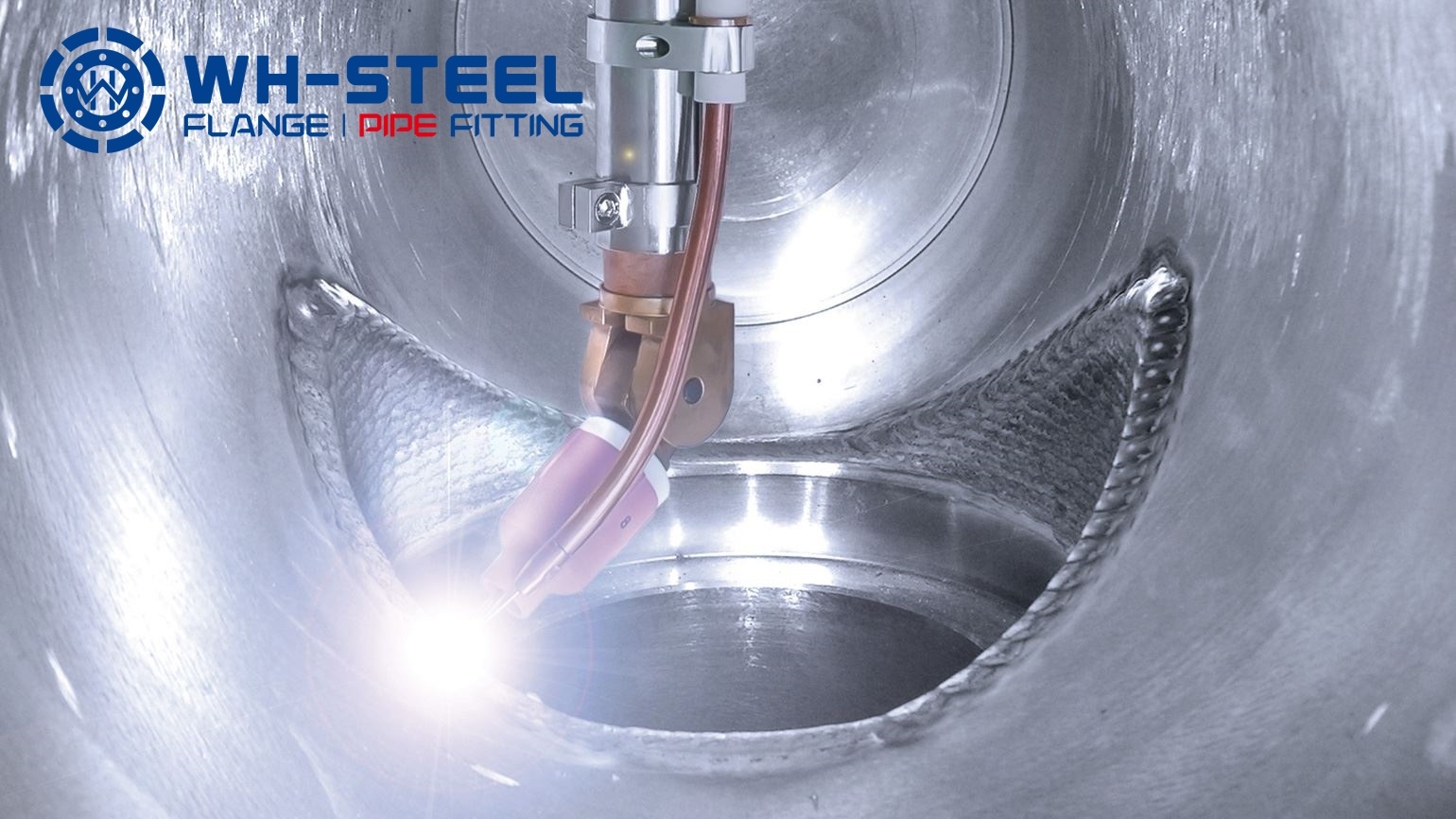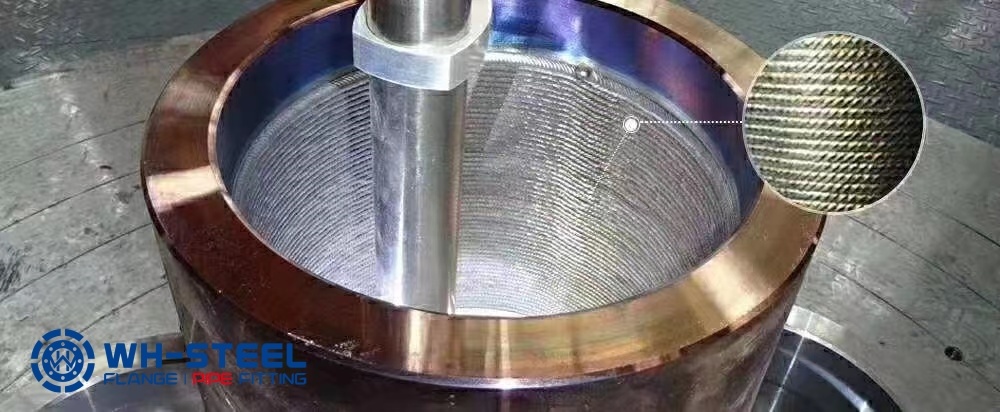Новости
An Insight into Nickel-Based Alloy Weld Overlay Cladding
Время выпуска:
2024-04-15 09:00
Источник:
Nickel-based alloys possess excellent properties such as resistance to reactive gases, wear, and corrosion from acidic media. They also exhibit high strength, good plasticity, the ability to undergo both hot and cold deformation and processing, as well as weldability, making them a crucial corrosion-resistant metal material. In weld overlay cladding applications, carbon steel or stainless steel can be overlaid with a layer of nickel-based metal, serving as a functional medium layer that combines the advantages of both metals. These welding materials differ significantly from ordinary alloy elements, necessitating unique welding techniques during the welding process.

Due to the varying physical properties of metals involved in weld overlay cladding, the fusion pool of nickel-based alloys is highly viscous and exhibits shallow penetration. Increasing the welding current does not significantly improve metal fluidity or increase penetration depth. Unlike the concave weld beads typically formed with stainless steel, the weld beads of nickel-based alloys exhibit a pronounced convex shape.
To prevent crystallization cracking, especially in the first layer of the weld root, the use of a small current with multiple filler metal passes can be effective.
When performing argon arc welding, it is crucial that the welding material is not directly immersed into the molten pool. Instead, the welding material should be positioned in front of the tungsten electrode, melting and feeding simultaneously, ensuring that the tip of the welding material remains protected by argon gas at all times. Given the poor fluidity of nickel-based welding materials and the need to avoid excessive current, welding should be performed at a slow speed with precise control.

During welding, whether it be interlayer welding or capping welding, it is essential to maintain argon gas protection to prevent oxidation of the weld area. Different materials exhibit varying degrees of cold work hardening, with nickel-based alloys exhibiting a 1-2 times higher tendency than stainless steel. Therefore, if welding is not carefully controlled, bending may occur.
The inherent strength of the two dissimilar steels involved in weld overlay cladding differs, necessitating attention to stress cracking at the weld root after welding.
Nickel-based alloy weld metal does not get wet and spreads as easily as steel weld metal. Increasing the welding current does not improve the fluidity of the weld metal but can have a detrimental effect. Exceeding the recommended welding current range not only overheats the molten pool, increasing the sensitivity to hot cracking, but also coarsens the grain structure, reducing corrosion resistance. Additionally, it can cause the deoxidizer in the weld metal to evaporate, leading to porosity.
welding,weld,nickel-based,metal,whsteel,pipeline,pipefittings
Следующая страница
Следующая страница









